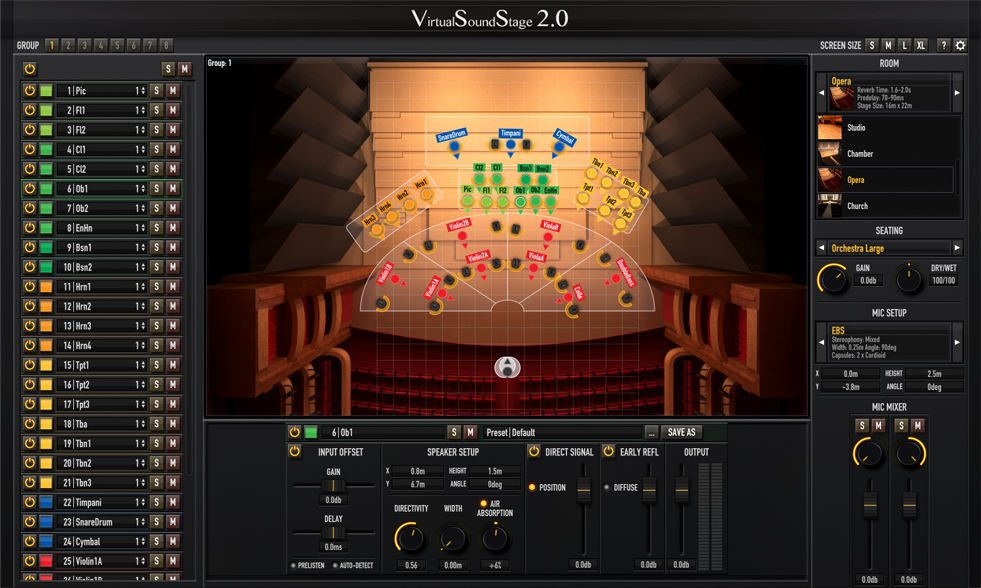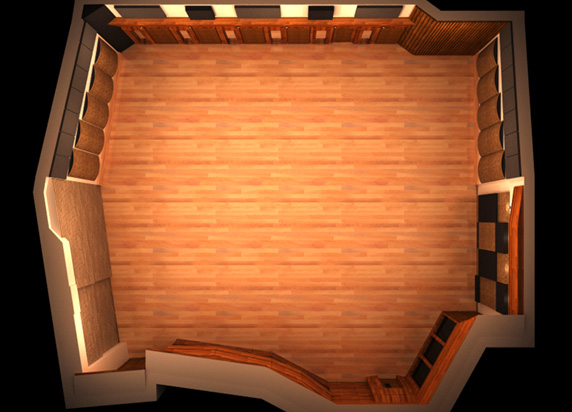Topic: A possible Modartt 3D panning effect plugin
Hey guys,
Although I don't visit the forums very often, I am a really heavy user of Pianoteq since version 5. I'm thinking of the possibility of a universal 3D-panning plugin which can be Pianoteq-compatible, basically an optional full piano model and several (maybe tens of) point sound sources (with or without radiation direction patterns) captured by microphones available in Pianoteq, along with Pianoteq's reverb or custom impulses. I often record pieces for the piano and orchestra with physical modelling MIDI instruments, and currently use an external reverb and some spatial panning strategies, but it's kind of a difficult thing to do correctly with Pianoteq. This potential 3D panning tool would make the most out of the advantage of Pianoteq's sophisticated piano and spatial model while retaining a (logically and practically) homogeneous space impression. Anyone relating to this?

